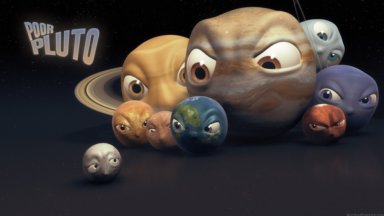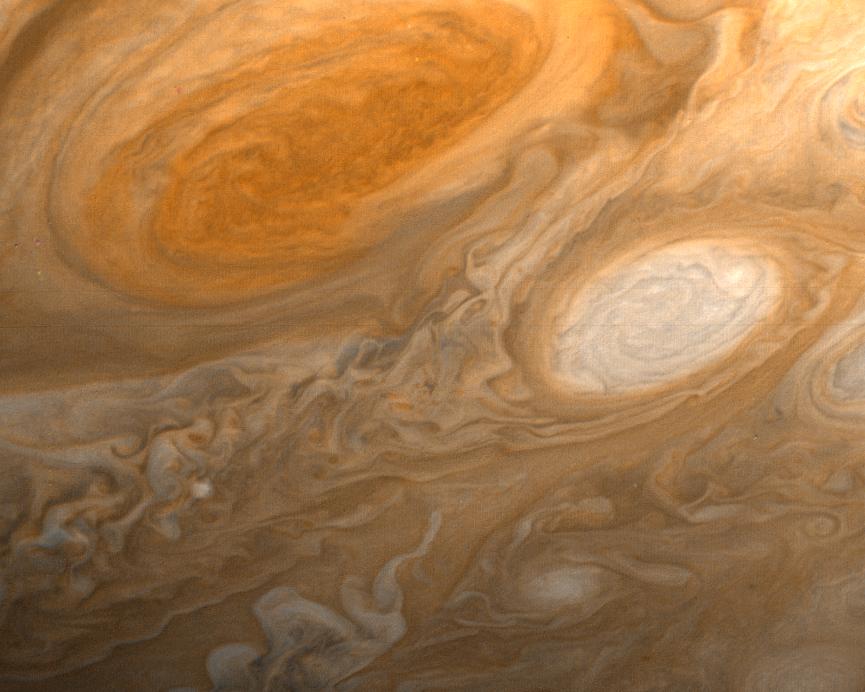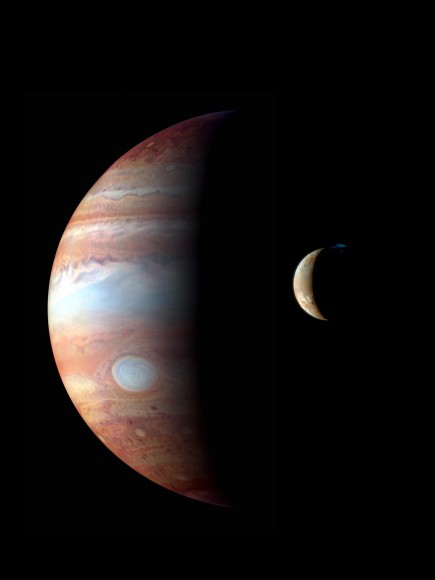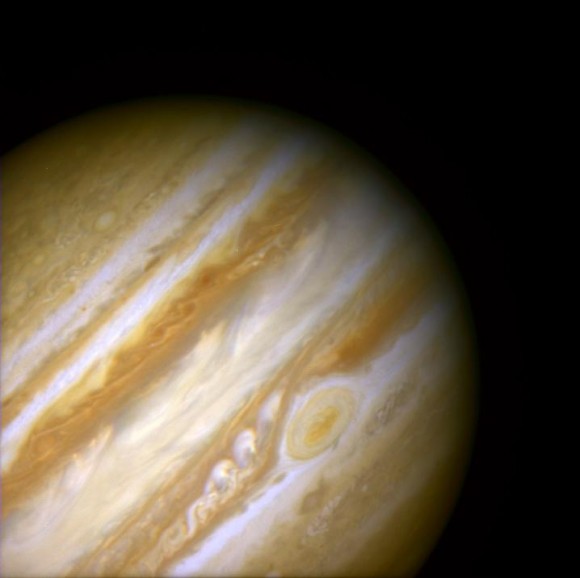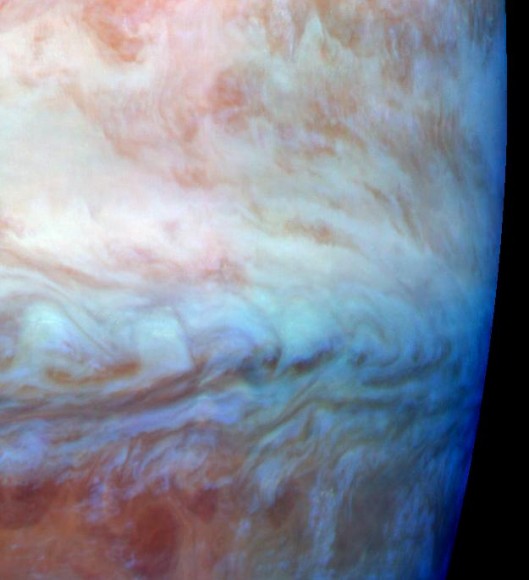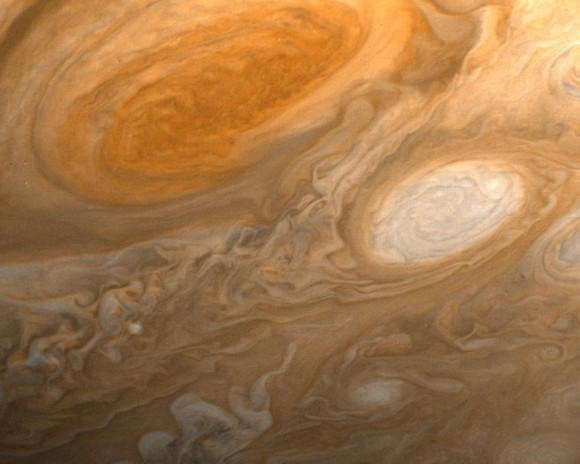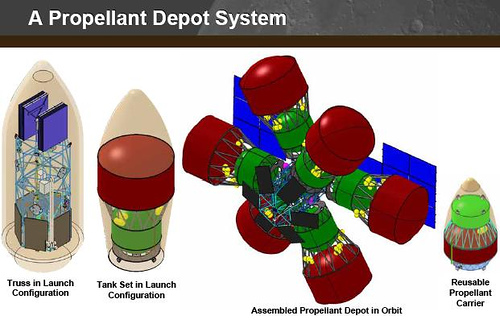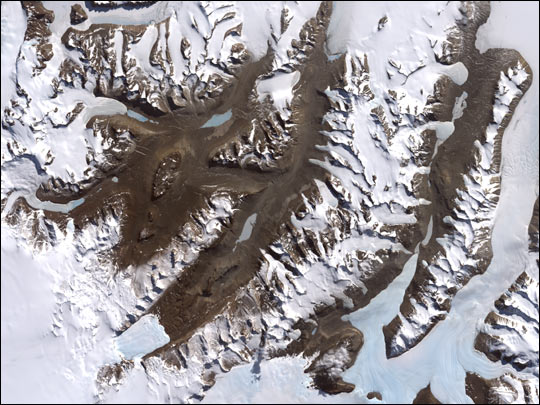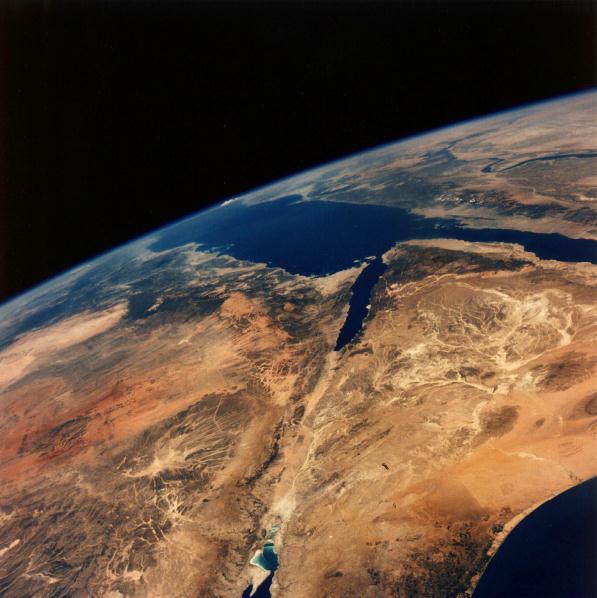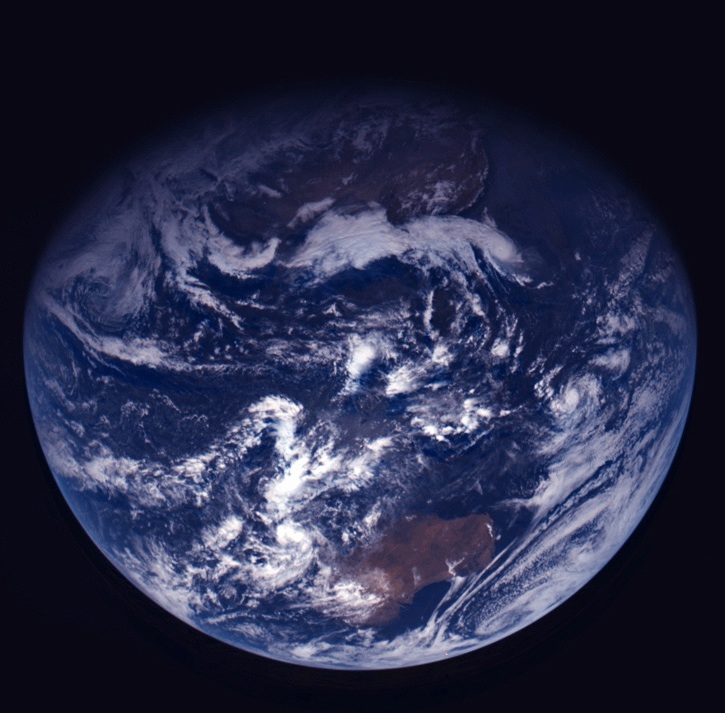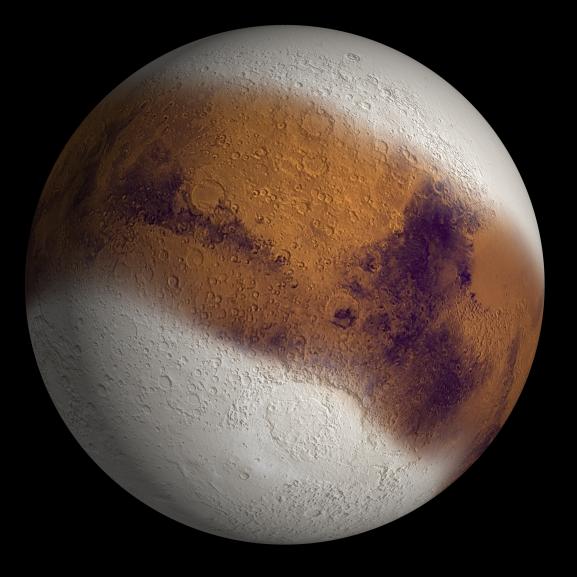This week, the Carnival returns to its home port for a week. That’s right, we’re hosting it here at Universe Today. Let’s get right to this week’s entries.
At Mang Bat’s Page, David Gamey thinks budding astronomers should never start with a telescope – invest in a good pair of binoculars instead.
Over at Colony Worlds, Darnell Clayton considers how future colonists will want to grow bamboo to get instant forests.
At Dynamics of Cats, Steinn Sigurðsson analyzes NASA’s newly announced shortlist of Small Explorer missions.
As Phoenix settles down on Mars to begin its third week of work, Stuart Atkinson wonders what could be responsible for the problems with getting samples of precious martian dust into the waiting TEGA ovens, and comes up with two – surprising – possible explanations…
Martian Chronicles also looks at the very clumpy soil that Phoenix tried, and failed, to process through its shake and bake method.
Catholic Sensibility begins a series on Solar System satellites. First up, the Galilean Moons of Jupiter.
Pluto gets to raise its head high again, with the newly designated Plutoids. Astroprof has the details about the IAU’s new decision.
Irene Klotz over at Discovery News thinks the US should steal the Soyuz. Well, not steal it exactly.
The space show airs the audio of the first ever Space Cynics’ Roundtable, and all sacred cows are fair game, so to speak…
At A Babe in the Universe, you can get a look at the newly announced probe that will fly right through the hot corona of the Sun.
Next Big Future has a list of the top 10 upcoming developments in space technology that will vastly improve the exploration of space.
At Bad Astronomy, Phil talks about an experiment that will test quantum mechanics on the International Space Station.
Centauri Dreams reports on plans to build a light tower to memorialize the victims of hurricane Katrina, and thinks about how this could apply to solar sail technology.
Ed Minchau has a space video of the week. This time, a summary of the major events of mission STS-124.
How many astronomers does it take to screw in a light bulb?
The Lunar and Planetary Institute has some new 35 mm images taken during the Apollo 17 mission.
David Portree has a piece about model rocketry on Mars.
Our very own Ian O’Neill has an article entitled “The Case of the Supermassive Black Hole, the Infrared Object and Perceived Accuracy of Science”
Clark Lindsey at Hobbyspace announces an upcoming event for the X-Prize Lunar Lander Challenge.
Music of the Spheres discusses cycling to Mars. No, not on a bicycle, but on a space station that travels back and forth from Earth to Mars.
At Starts with a Bang, Ethan Siegel has completed the 3rd part of a series about the natural history of the Universe. Here are all 3 parts. Part 1 – Part 2 – Part 3
At Visual Astronomy, Sean Welton explains how the Aurora Borealis works.
And last, but not least, Universe Today’s Nancy Atkinson shows what the new Constellation spacesuits might look like.
Phew, that’s all of them.
And if you’re interested in looking back, here’s an archive to all the past carnivals of space. If you’ve got a space-related blog, you should really join the carnival. Just email an entry to [email protected], and the next host will link to it. It will help get awareness out there about your writing, help you meet others in the space community – and community is what blogging is all about. And if you really want to help out, let me know if you can be a host, and I’ll schedule you into the calendar.
Finally, if you run a space-related blog, please post a link to the Carnival of Space. Help us get the word out.

